67 Ludlow | Alberto Borea, Ernesto Burgos & Hernán Rivera Luque
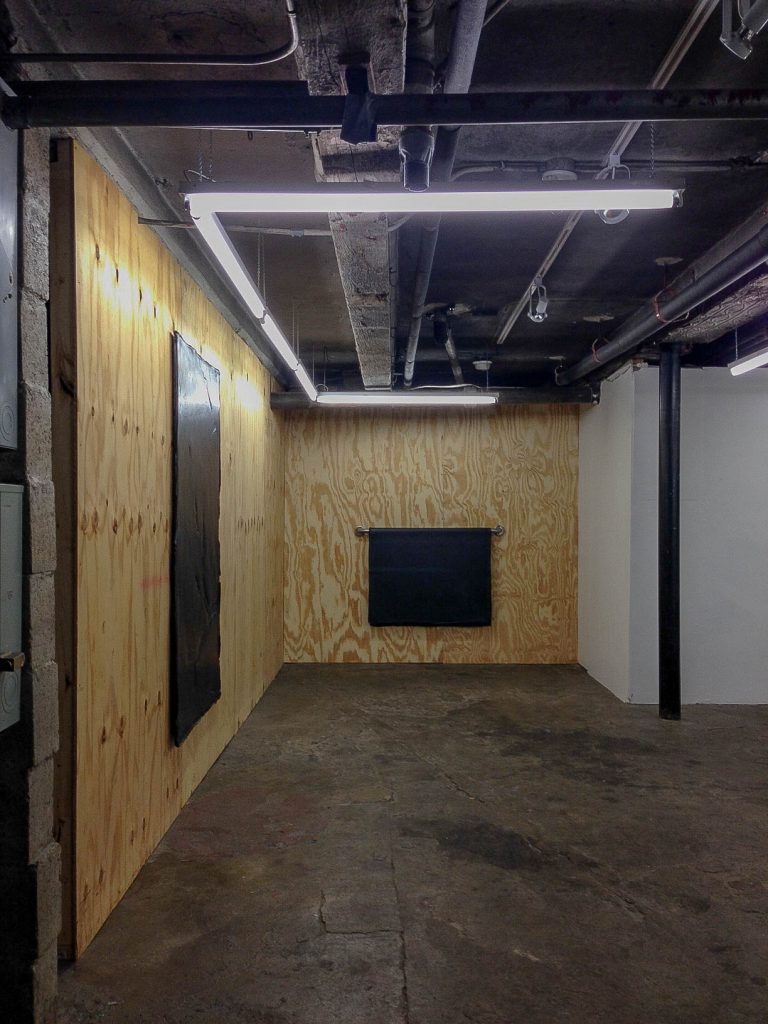
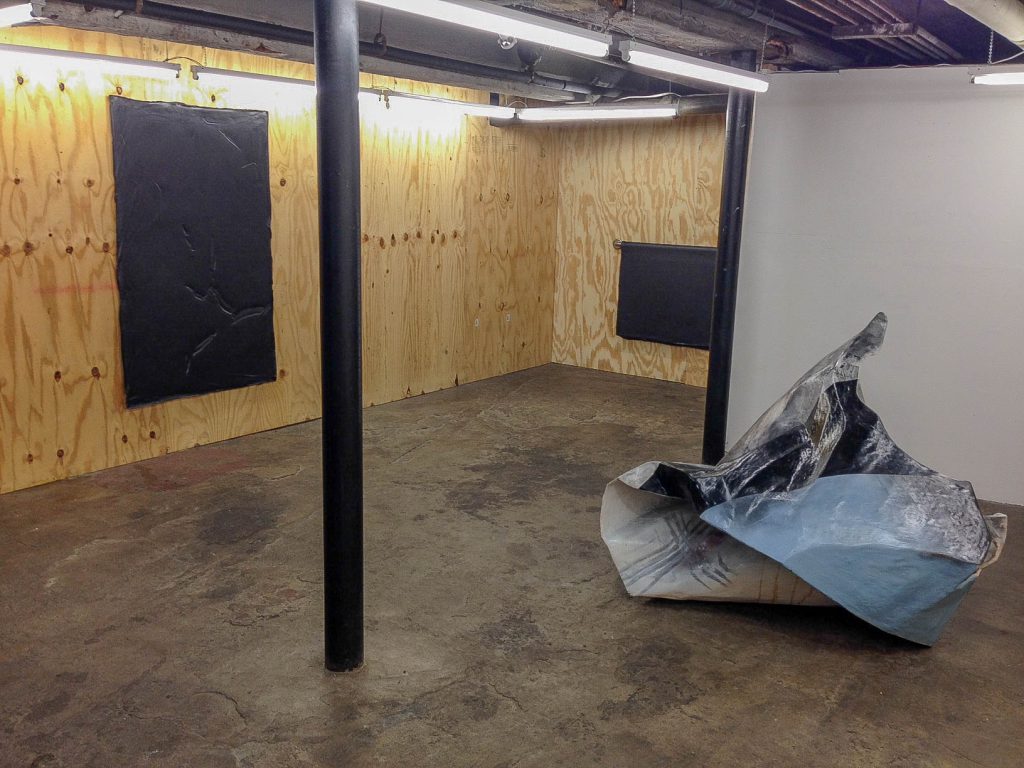
Ernesto Burgos’ sculpture, Untitled (2013) is part of a larger body of work that the artist has been making for a number of years and is concurrently on view in a solo show at Mier Gallery in Los Angeles (through March 12th). In making these works Burgos casts sheets of cardboard in fiberglass, deconstructs then reassembles the pieces until he arrives at a satisfied point. The applied painting, staining and occasional collage in these works is guided by the planes and curves formed by the improvisational rejoining of the pieces. In this way his painting is controlled organically by the unique form. In some of the more recent pieces on view at Mier Gallery he opts for adding vibrant colors and distinct shapes on the surface. With the exception of the light blue, Burgos chose to use a largely muted and neutral palette in the work on view here. There is a sense of time evident in the patterns and mark-making that has both a hurried pace and a serene, deliberate application of the paint.
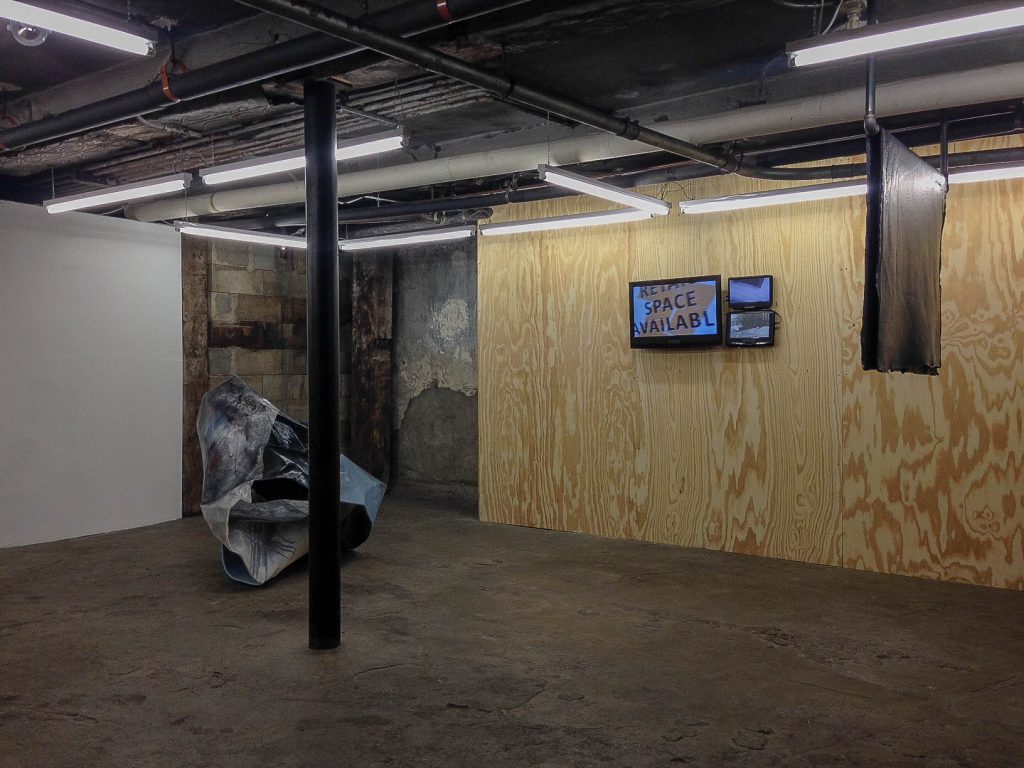

Throughout the small space hang three of Hernán Rivera’s paintings from his ongoing Untitled (Black) series. In this recent body of work Rivera uses varying shades of black, common house-hold latex paint which he pours into a plastic-lined frame to dry. In his exploration of process and chance Rivera frees himself of the typical choices made in painting. The works embody the performance of creation and focus on the properties of the medium itself, leaving the resulting painting to environmental factors. When you look closely you can see the subtle imprints of the plastic, the air bubbles that built and burst while drying, the dust and hair that have settled onto the painting. Together they are a reflection of uncontrolled circumstances. Similar to Burgos’ work, Rivera’s pieces are simultaneously both painting and sculpture. Once dry, the painting is malleable enough to bend and twist and even stand on its own. Rivera has here chosen to display this corporeal quality of the work by flinging the painting over bars, reminding one of a towel or clothing rack. This presentation resonates with the fact that he is using the same paint that covers our walls at home.
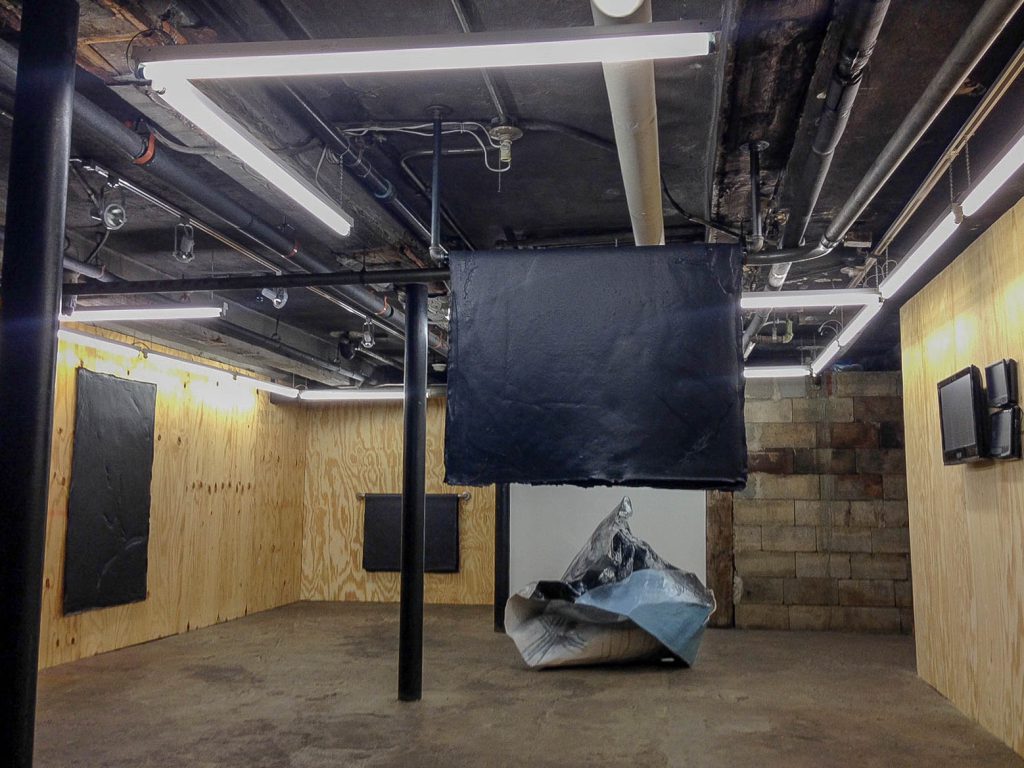
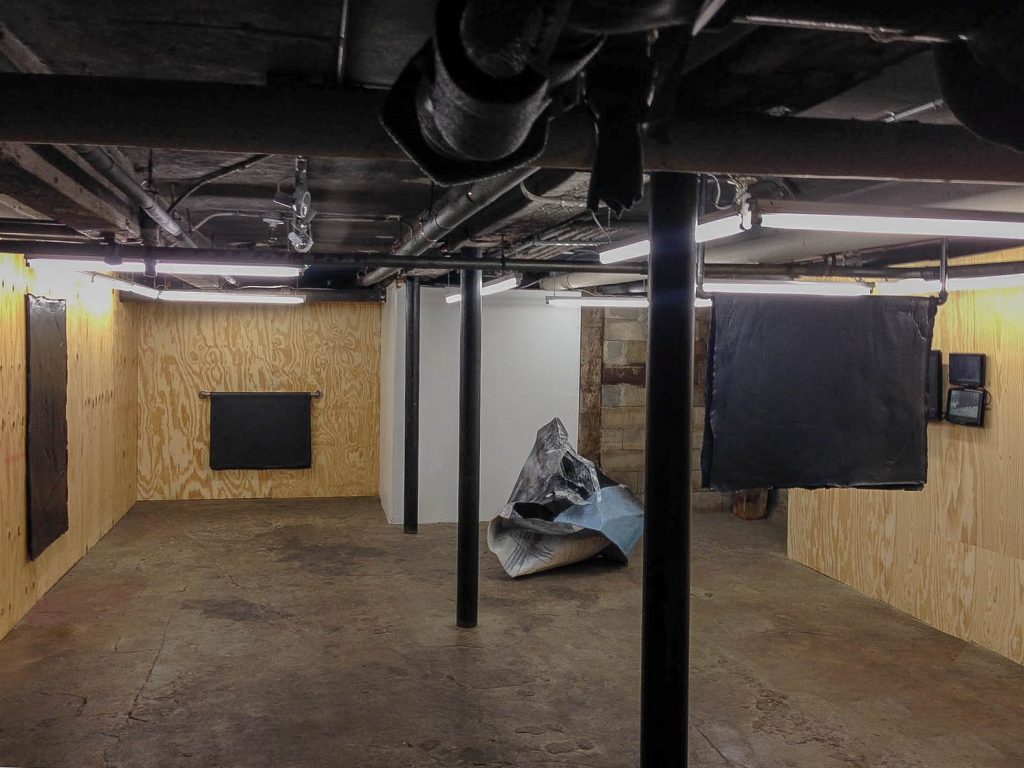
On the right of the space is Alberto Borea’s 3-channel DVD piece, Three Minutes of Silence (2016), which combines images of for rent/sale signs around Chinatown, and the Lower East Side of NYC with footage of the artist lying down on the floor of 67. This piece is a continuation of his photography series Ways of Falling (2008) and more recently, Wall Street, (2013). In all of these works he uses his body to represent the forgotten and abandoned object. The positioning of his body into uncomfortable situations and places, such as the floor of a basement or curled up on the steps of the National Museum of the American Indian allude to economic and social disparities. In Three Minutes of Silence he specifically points to downtown Manhattan real estate and the ongoing rapid gentrification that is occurring. In this way, Borea’s piece has the most obvious connection to the show’s title which references an economic term symbolizing the methods of industrial control corporations have utilized within the last century. The fact that the show itself is in Chinatown, a neighborhood that has recently seen the proliferation of galleries and boutiques moving in, compounds the ideas he presents in the film.